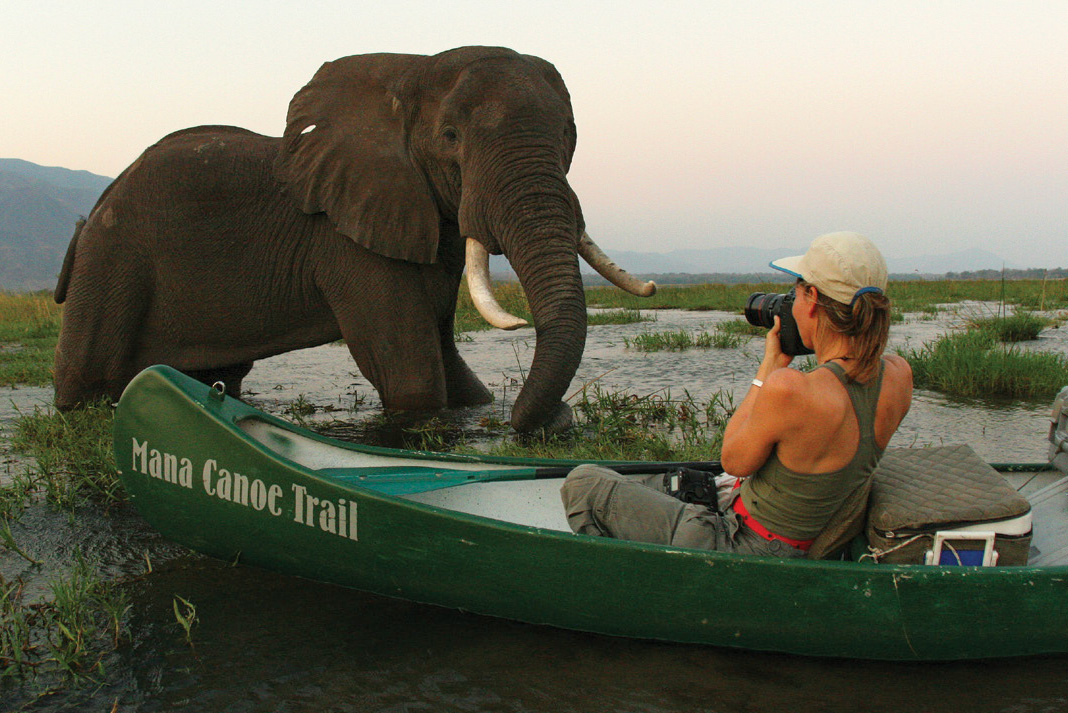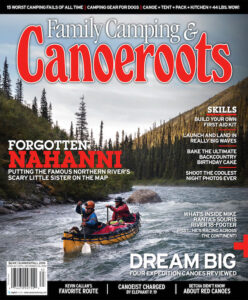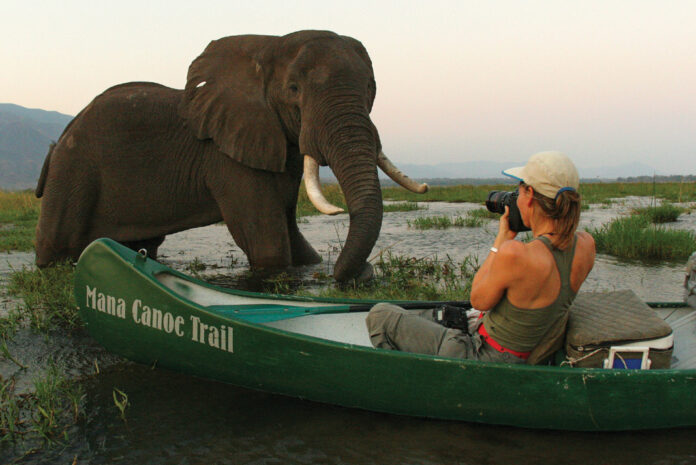What would you do if a 6,000-pound angry bull elephant charged your canoe?
If you’re National Geographic Explorer-in-Residence Beverly Joubert, you hunker down and keep shooting.
Along with husband, Dereck, the Jouberts are among the world’s most famous wildlife photographers. Their film and photo honors include Emmys, a Peabody and the prestigious World Ecology Award.
“Our philosophy is to be as invisible as possible—we don’t want to interact with the wildlife at all,” says Beverly.
Though they’ve focused much of their work on intimately documenting the secret lives of big cats, like lions and jaguars, the intelligent and sensitive elephant has always been an animal close to their hearts.
The Jouberts have long used canoes to get up-close with elephants. Over the course of several seasons they took a series of river trips by canoe through the Selinda Reserve in northern Botswana, the seasonal home to more than 7,000 elephants, to film the award-winning PBS documentary, Soul of the Elephant, released last October.
“Elephants are not used to seeing man in a canoe—we try to remain invisible, but if they did spot us often they didn’t know what we were,” says Beverly. “With canoeing there is no mechanical sounds or metal grinding, we just became part of the river.”
Despite trying to keep a distance, occasionally the couple gets too close. During filming Soul of the Elephant, the husband-and-wife team were charged while working from their canoe. While Dereck filmed the bluff charges, Beverly recorded the angry elephant’s terrifyingly close trumpeting and snorts.

After the elephant left, the Jouberts discovered what they believe had agitated him further downstream: butchered elephant bodies, cut up to remove the ivory. Elephants have rich emotional lives, and are known to grieve for the dead and help each other when in distress, says Dereck during the film.
Not all encounters are so intense however. In the photo above, shot in the early 2000’s, a curious elephant approaches Beverly’s canoe. “He was feeding on succulent water grasses—he came closer with confidence, without aggression. We knew we had to be confident and remain still so we wouldn’t throw him off his game and cause him to charge or turn away,” says Beverly. “He carried on feeding. He was so close that as he was pulling up the grass I was getting hit with water droplets.”
Thirty-five years spent living primarily in bush camps on the savannah and in the jungle while chasing photos of Africa’s most iconic creatures has given the couple a thorough understanding of animal body language—it’s likely what has kept the Jouberts safe during these incredibly close encounters. “We definitely would not advise that people get close,” says Beverly.
“We’re incredibly privileged to have these moments. We’ve become ambassadors for the animals,” she adds. “The atrocities are immense—over 35 years we’ve seen the animals decline at an alarming rate.” During that time the elephant population has been reduced by 50 percent worldwide. Through their photography, the Jouberts have made it their mission to protect the remaining animals and combat those stark numbers by raising awareness with beautiful film and photography. —KP

Subscribe to Paddling Magazine and get 25 years of digital magazine archives including our legacy titles: Rapid, Adventure Kayak and Canoeroots.




